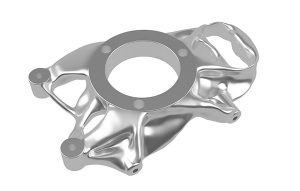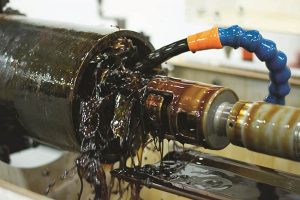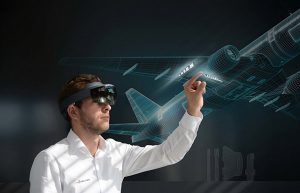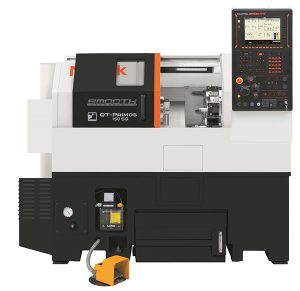Mills CNC, the exclusive distributor of Doosan machine tools in the UK and Ireland, says it will be attending Seco’s Inspiration through Innovation (ITI) 2018, which this year is taking place on 9-10 October at Seco’s facility in Alcester.

As one of 17 demonstrations planned for the event, Mills will showcase its new Doosan NHP 5000 horizontal machining centre with automatic pallet-change system. The NHP 5000 boasts 60 m/min rapids and 1 G acceleration/deceleration in all axes. Over 40 technical partners will attend the free-of-charge event.
For further information www.secotools.com/iti























